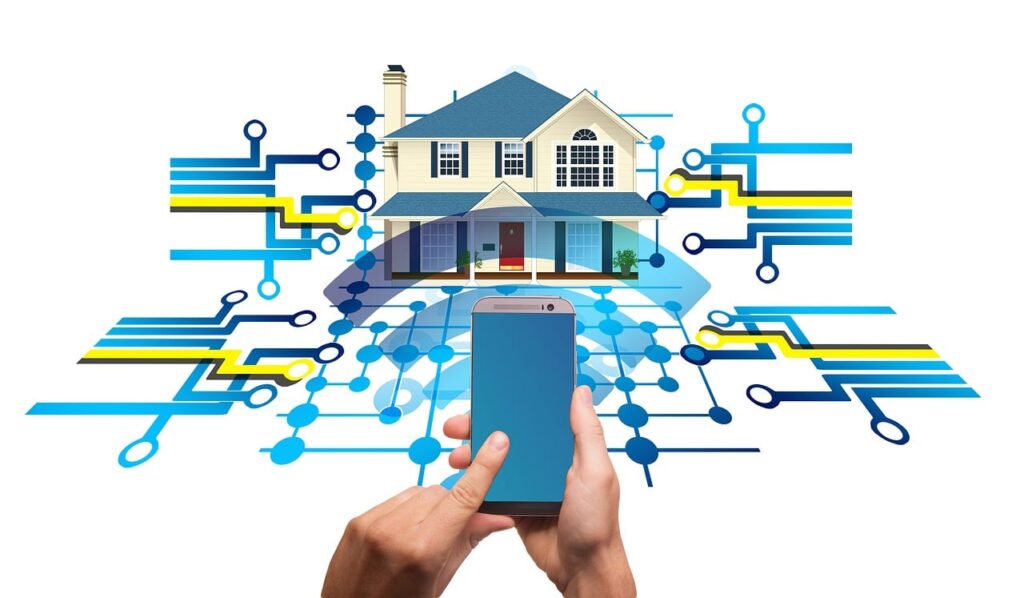Energy efficiency is one of the things that most homeowners are thinking about when they start discussing home upgrades. Putting a little bit more funding towards upgrades with greater energy efficiency is one small thing you can do to help reduce your carbon footprint and make a positive difference in the environment. Doing so can also have a real and positive impact on your bank account over a longer period of time as well.
Energy efficient practices can go well beyond simply buying Energy Star-rated appliances. Today, a wide variety of energy-efficient options are out there for just about any budget. These range from small, almost free changes in your day-to-day lifestyle to major renovations that make a profound difference in your home.
The thing to remember is that there is something out there for anyone! Making a positive difference in your environment doesn’t have to cost a fortune. And even small changes can make a big difference. Good ideas catch on, and your example can spark a cascade of changes in your community.
Energy Efficiency for the Tech-Savvy
Technology advancement has utterly and completely changed our lives over the past couple of decades, and our ability to be more energy efficient through smart home tech is a real part of that. For instance, today, many people have smart thermostats connected to their phones. Smart thermostats allow for greater energy efficiency by enabling users to manage their home heating and cooling more precisely. This can mean significant savings by keeping the house cooler when nobody is home and only heating it when necessary.
Another techy upgrade that can boost energy efficiency is lighting. Today, it is easier than ever to purchase smart lights that can be controlled on a phone or with voice commands. Smart lights allow users to control the brightness of the lighting in any room, set timers for when lights should turn off, or turn off lights that were accidentally left on while away from home. All of this can add up to reduced energy use, greater efficiency, and smaller energy bills going forward.
Appliance upgrades are still a great way to save on energy expenses as well. Today, many of the most efficient appliances also come with pretty sweet built-in technology. For instance, some refrigerators now come with cameras you can check on your phone from the grocery store. Forget the shopping list; no longer a concern! Likewise, many devices like ovens, grills, dishwashers, dryers, and so on now have smart options that can connect to a phone for greater control and efficiency.
Cost-Effective Energy Upgrades
Some of the most energy-efficient home upgrades may not always have a tech component, but they can really make a massive difference in energy consumption. Although some of these upgrades can cost a little bit more upfront, they can go a long way toward increasing the overall value of your home. Given that more and more potential homebuyers list sustainability as a factor in their home search, these types of upgrades could really pay off if you’re thinking about moving soon.
Perhaps one of the most significant home upgrades that can be made to improve overall efficiency is related to home insulation. Some experts estimate that between 25 and 40% of a home’s heating and cooling is lost through air leakage. That is a huge expense! Updating insulation in attics, ordering professional home sealing, and evaluating older insulation throughout your home can be a huge energy saver.
Upgrading the home’s HVAC system and water heater to electric heat pump systems can also be a huge boon when it comes to energy efficiency and cost savings in your home. Heat pumps can serve as both a heating and air conditioning source while still saving energy. Energy experts estimate that replacing an old water heater with an electric heat pump can increase efficiency two or three times over.
Improving Energy Efficiency on a Tight Budget
Even if you don’t have the funding for major upgrades to your home, there are still a lot of ways to become more energy efficient. Small things such as turning off the lights when you’re not using them can really add some savings. According to Jasmina Burek, Assistant Professor of Engineering at UMass Lowell, it can add up to an average of $65 in electricity savings per year. Swapping out older light bulbs for more energy-efficient LED bulbs can boost those savings even more.
Other small changes that make a big difference include things like unplugging appliances when you’re not using them, taking shorter showers, washing laundry using cold water, setting the thermostat one degree cooler in the winter or one degree warmer in the summer, or hang-drying clothing. Dryers are one of the most energy-intensive appliances in the home, and avoiding using it whenever you can will make a huge difference in energy savings over time.
Energy efficiency is a goal that everyone can work towards attaining. Home upgrades such as improved insulation and the installation of various smart devices can make a huge difference not only on the sustainability of your home but also in your bank account. Even small lifestyle changes can go a long way; every little thing makes a difference!




Comments are closed.